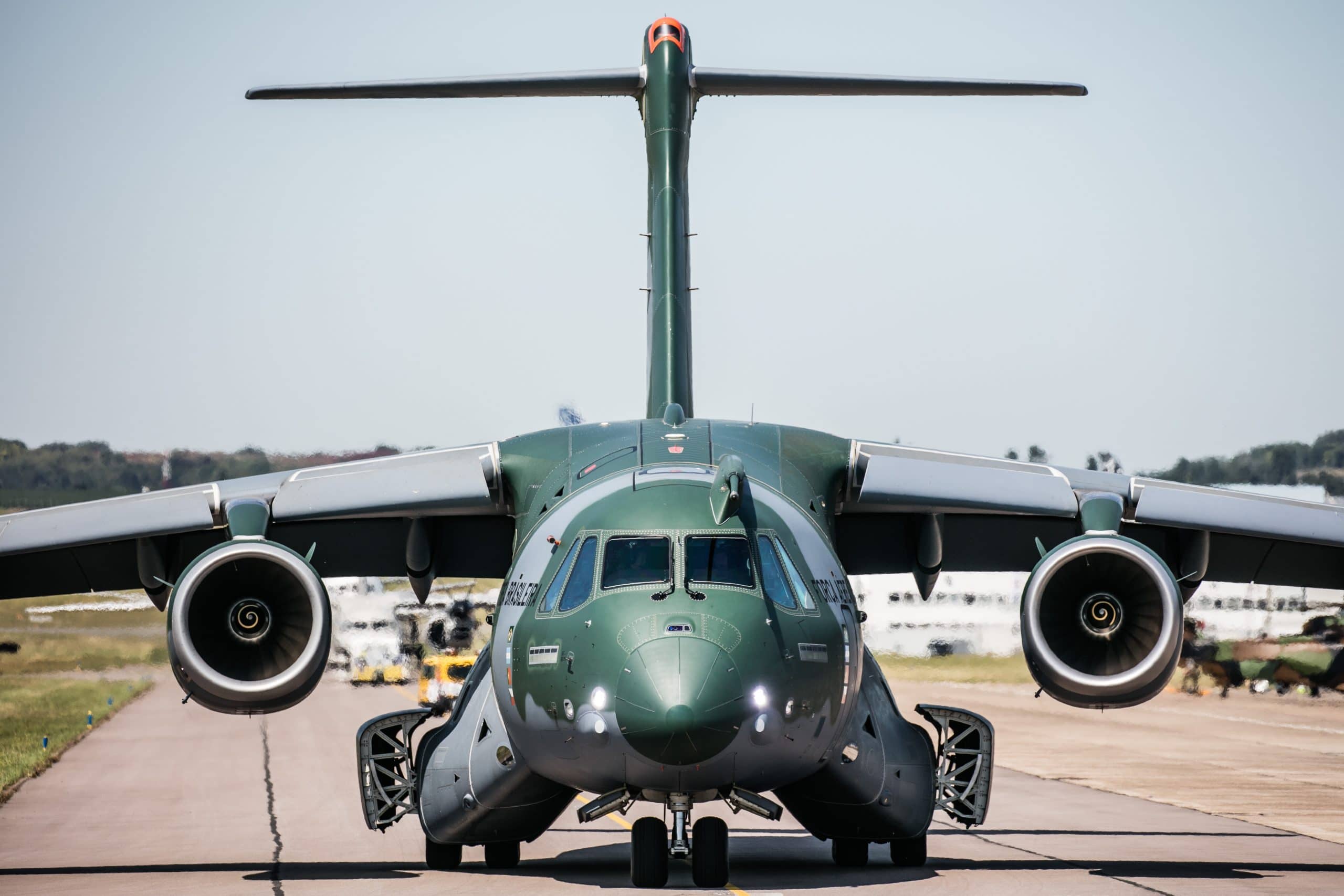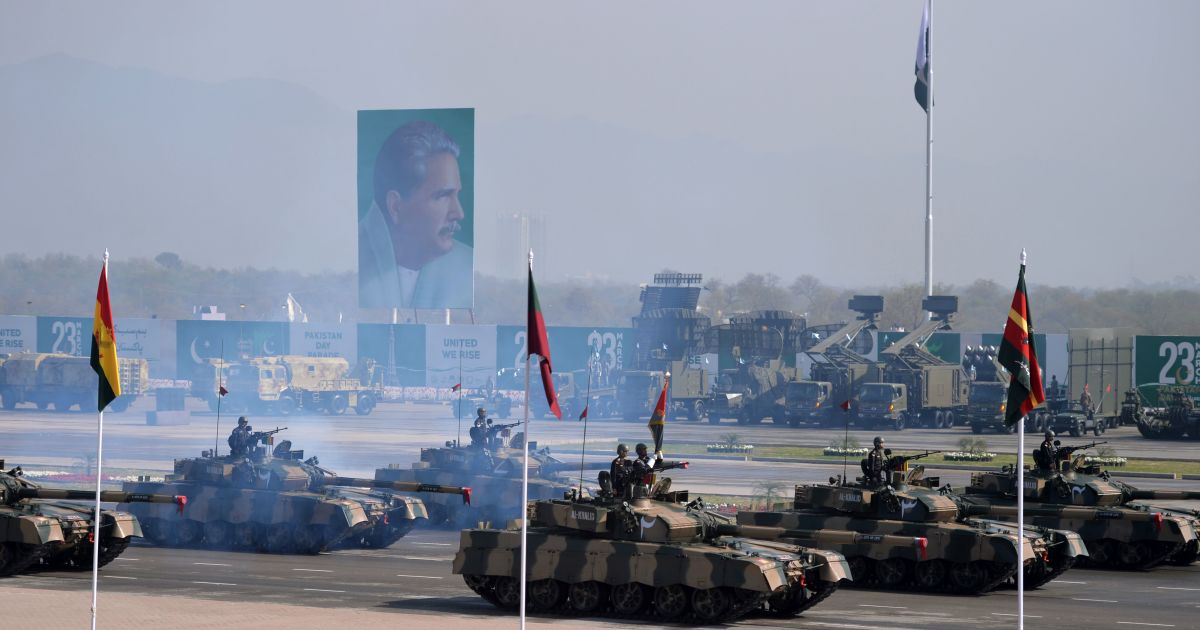2178Views 2Comments

Embraer concludes KC-390 global demonstration tour
On July 21, Embraer announced that it had concluded its global demonstration tour for the KC-390 multi-role tanker and transport (MRTT).
The tour began in June when Embraer sent a KC-390 MRTT to Sweden and then Paris to participate in the Le Bourget Air Show. From there, the KC-390 embarked on a transcontinental tour lasting 40 days and reaching 19 prospective markets in Asia, Africa and Europe.
Through Embraer’s official press release, Embraer CEO and President of Embraer Defence & Security Jack Schneider said, “Everyone who had the chance to fly the aircraft praised its operational capabilities and its advanced design, which includes proven latest-generation technologies.”
As per Embraer, the KC-390 was flown for 130 “flawless flight hours.” In the duration of the tour, the KC-390 had recorded “52 landings in 18 countries” and 91,743 km in distance.
The KC-390 underwent “high temperature and high-altitude take-offs, (sic) in low-level navigation and in simulated operational conditions, such as paratroops dropping.”
Schneider expressed confidence that the KC-390’s certification processes will be completed on schedule and that the aircraft would stand as a viable solution for “any nation.”
Embraer is marketing the KC-390 as a versatile and cost-effective next-generation successor to legacy C-130B/E/H transport and utility aircraft. The KC-390 is powered by two International Aero Engines (IAE) V2500-A5 turbofan engines, providing the aircraft a range of 2,815 km (with a 23-ton cargo load).
The IAE V2500-A5 is an ubiquitous platform (via usage in the Airbus A320), which Embraer claims enables the KC-390 to have the “lowest life-cycle cost on the market.” Equipped with two Cobham Wing Air Refueling Pod (WARP) systems, the KC-390 can also double as an air-to-air tanker.
Embraer conducted the KC-390’s maiden test flight in February 2015. Currently, Brazil is the sole buyer of the KC-390, though Embraer is negotiating with Portugal for the sale of five KC-390s. However, Argentina, the Czech Republic and Chile have intended to buy KC-390s. Embraer is hopeful of closing these sales.
To support the sale of its defence hardware, including the KC-390, the Brazilian government is also in the process of developing an export credit mechanism. It envisages covering up to 100% of a sale and ensuring a five-year grace period on loans, which can be paid in terms of up to 25 years.
Notes & Comments:
Embraer cited a market of more than 700 legacy C-130s as its scope for potential KC-390 sales, which the company hoped could eventually swell to $1.5 billion U.S. per year. However, Lockheed Martin is making moves to compete in this space as well, most notably by offering the LM-100J as a simplified – and lower costing – variant of the C-130J Super Hercules. Embraer is also competing against the prospect of air forces simply revitalizing and upgrading their legacy C-130s. One of Embraer’s prospective buyers, Sweden, had opted to upgrade and continue flying its C-130H until the early 2030s.



2 Comments
by Amir
Bilal would you know if the KC 390 visited Pakistan as well?
by Bilal Khan
Not that I am aware of…